Educating Yourselves: Pressure Sores

Educating Yourselves: Pressure Sores
What are pressure sores? Pressure sores, also known as bedsores or pressure ulcers, are sores resulted from prolonged pressure on the skin. Seniors who are wheelchair-bound or bed-bound have higher risks of developing pressure sores. They often form on the surface of the skin covering the tailbone, ankles, hips, and heels. Pressure sores are common among older adults who have reduced activity or reduced mobility. According to the Centers for Disease Control and Prevention (CDC), up to one in 10 seniors with limited mobility develops pressure sores. Older adults experience pressure sores more often than people of any other demographic due to loss of mobility. Common causes of pressure sores Pressure sores generally develop in seniors who need help moving or spend most of the day sitting or lying down. Three main factors contribute to pressure sores amongst seniors. 1. Pressure from limited mobility

Pressure Ulcer/Injury Risk Assessment: A Patient-Centered Approach

4 essential NPIAP best practices to share with your team
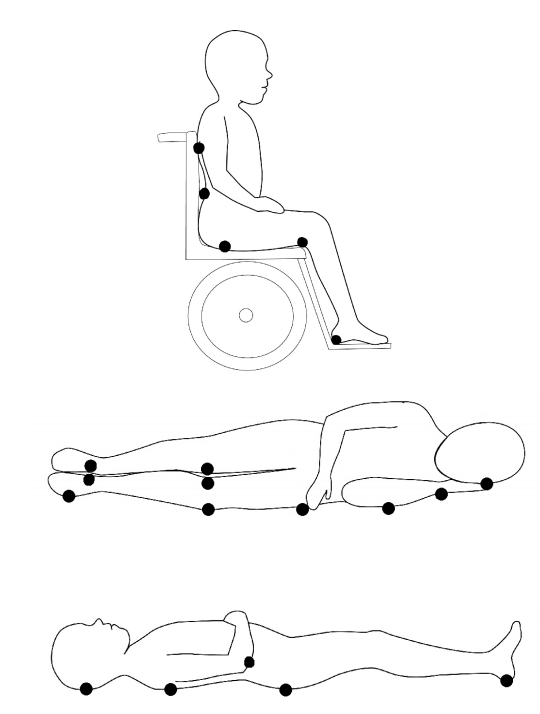
Pressure sores: Prevention
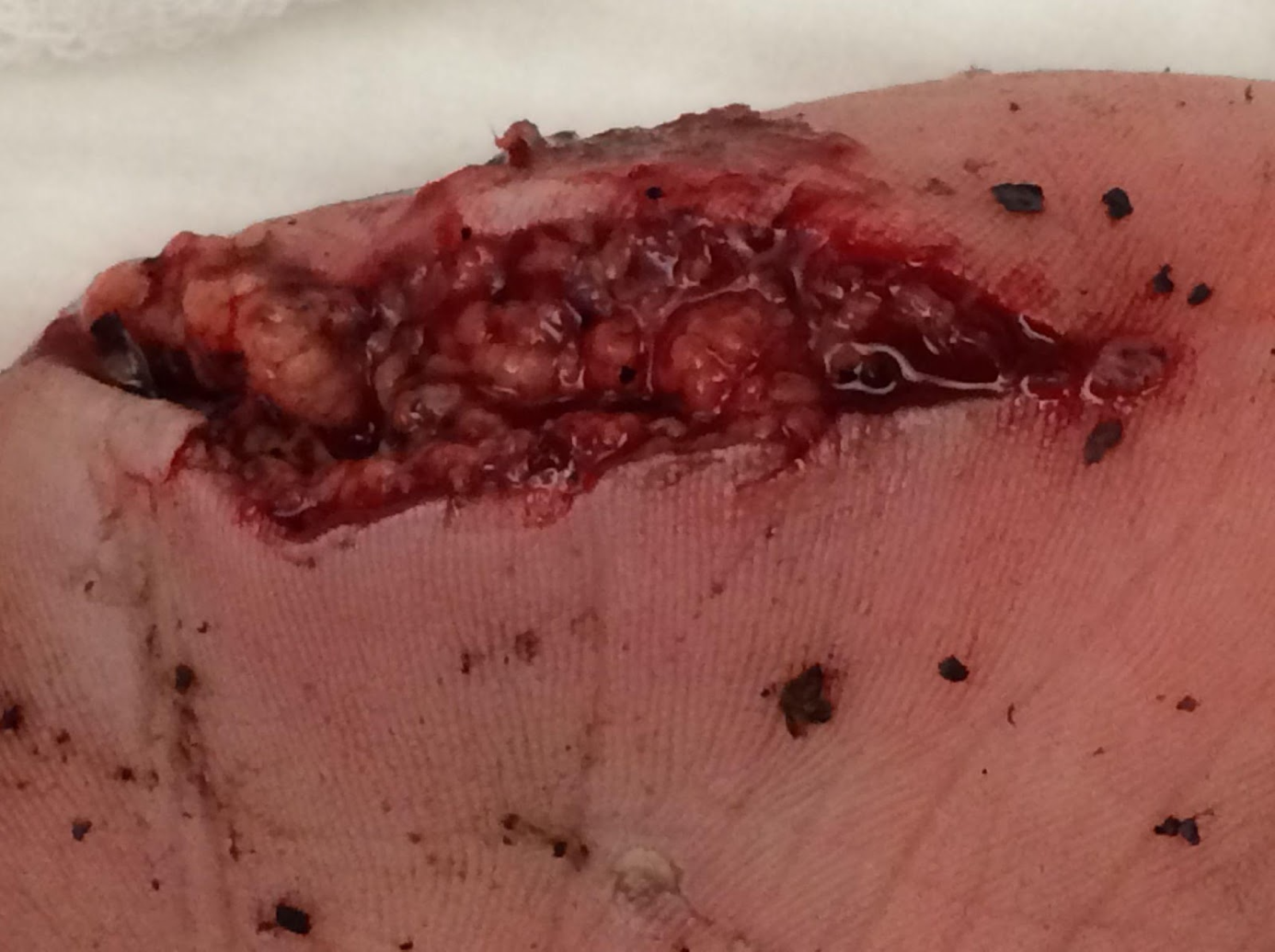
Basic wound management
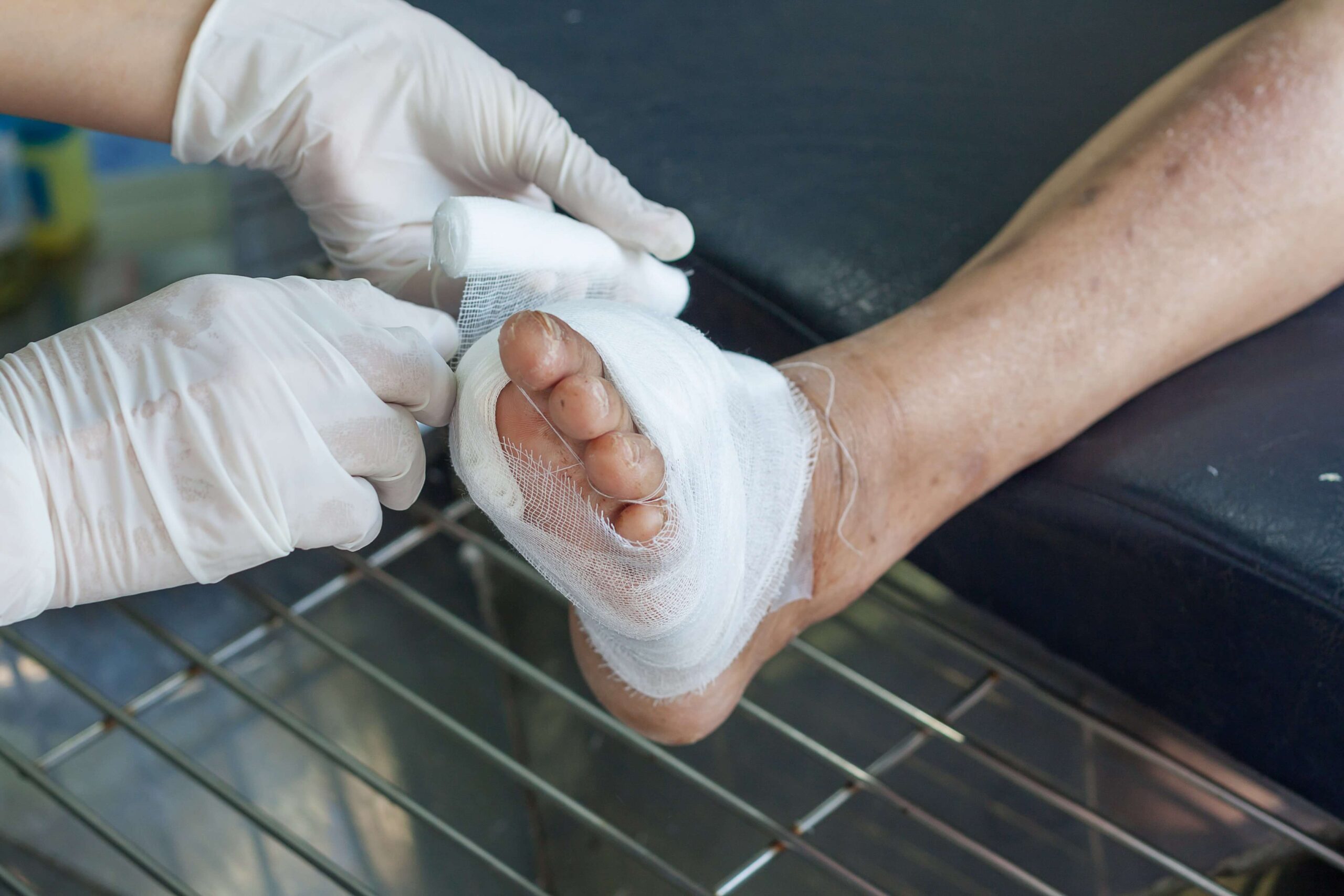
Types of Chronic Non-Healing Wounds & How to Treat Them
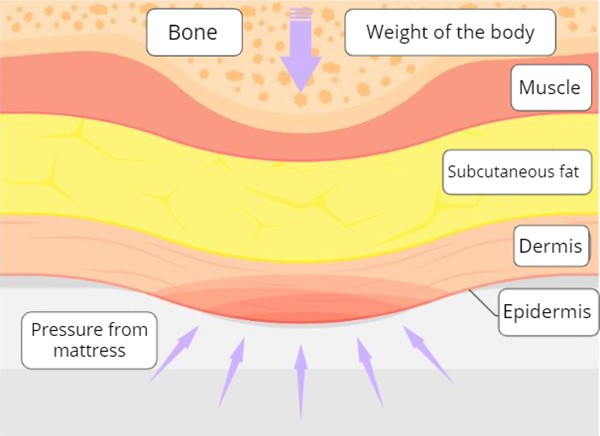
Patient Education - Pressure Ulcers/ Injuries

Educating Yourselves: Pressure Sores

Patient Education — Touchstone Rehabilitation
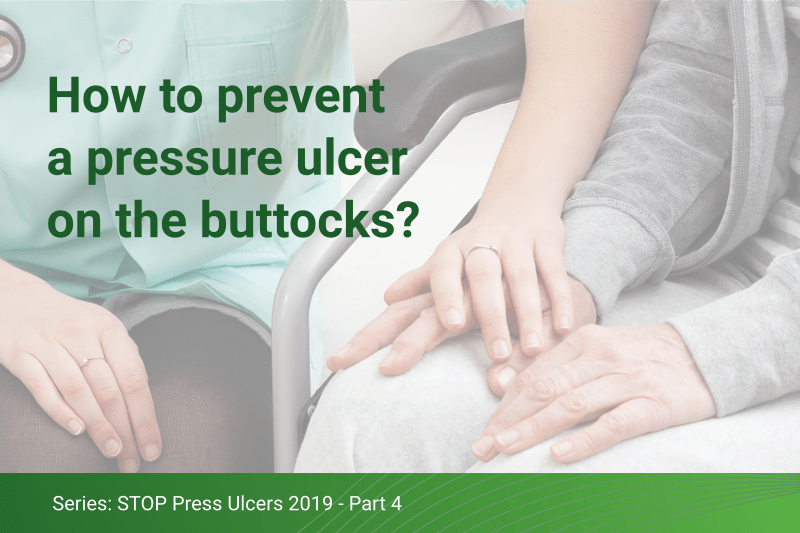
How to prevent pressure ulcers on the buttocks? - O Neill Healthcare
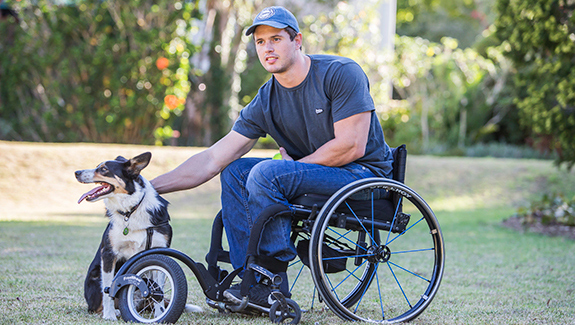
Pressure Ulcers: 12 Ways to Prevent Them
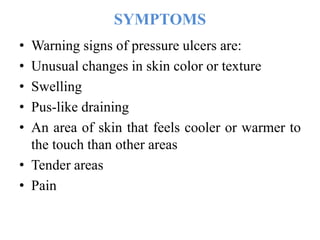
Pressure sore or bed sore or decubitus ulcer ppt
:max_bytes(150000):strip_icc()/VWH-MiraNorian-StagesofaPressureUlcer-Recirc-cf1f898aa43b4967aafcaf1daf808a48.jpg)
How to Prevent Pressure Ulcers or Bed Sores

